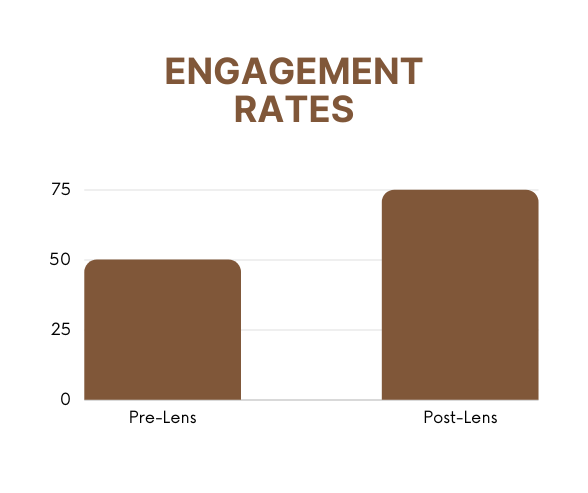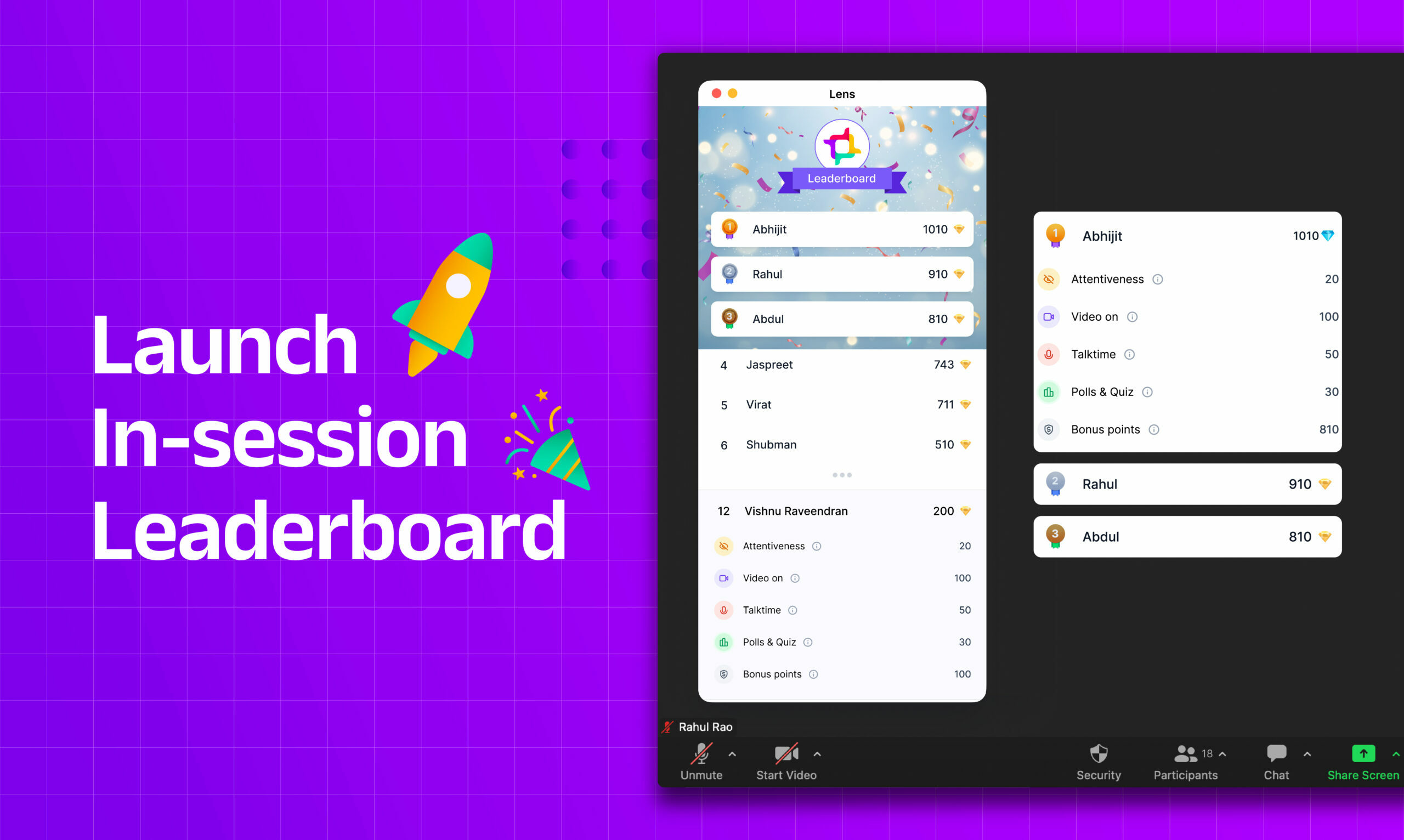NextGenEd started using Lens as a part of the very first cohort, and they scaled effectively. The idea for the founder was to create a wholesome, feedback-led, high-engagement course that grows by itself. We talked with the founder to find out about his challenges and how Lens helped him overcome them.
I am Aakash Gupta, and I run NextGenEd, an EdTech startup that creates AI and Blockchain courses for large and small cohorts. I have been a programming instructor for the past three decades and have spent significant time teaching on Zoom and other platforms. However, I found that my online classes needed more engagement compared to a physical classroom. If I asked a question in class, I could only get 50% of the students to respond on a perfect day. Test scores for my learners were on the lower end also. Even though they performed reasonably well, I noticed a downgrade in their numbers.
My problem with this was engagement.

As a teacher, one of the biggest challenges is ensuring that all students are engaged and getting the most out of the class. This can be particularly difficult when teaching large groups, as it can be hard to tell who is paying attention and who is not. In my experience, this is especially true for the ~40 student classes that I regularly teach.
One of the significant issues I noticed was that most students in my classes tended to be quiet and reserved during the session. This made it difficult for me to gauge their engagement levels and understand if they truly understood the material. I knew that I needed to find a way to assess student engagement better to improve the overall effectiveness of my teaching.
To address this issue, I decided to implement Lens. As a first step, I explained how the process worked. I noticed an immediate uptick in student engagement in our P2P activities, like group projects and debates. With more participation in classrooms, Lens, helped me engage them more.

Another strategy I implemented was regularly checking in with students during class. I started conducting polls regularly during class. By doing this, I was able to get a better sense of who was engaged and who was not and was able to adjust my teaching style accordingly.
In addition to these strategies, I also began to use Lens to help me better assess student engagement. Instant-launch quizzes allowed students to answer questions during class and gave me a real-time view of their understanding of the material. This helped me identify areas of confusion and adjust my teaching.
This helped me provide individualized feedback to students. Rather than just giving them a general grade on an assignment or exam, I started to provide specific comments on what they did well and areas where they could improve. This helped students understand where they were struggling and gave them a clear roadmap for improvement.

These strategies have significantly improved my ability to assess student engagement in large group classes. As a result, I have seen a noticeable improvement in student understanding and overall class performance.
I also used Lens to track how I improved over time. With the post-session feedback dashboard, I could see how individual students progressed throughout the course, identify areas where they struggled, and adjust my teaching accordingly. This helped me to create a more personalized learning experience for each student and made it easier for me to provide targeted support where needed.

In terms of numbers, before implementing these strategies, my average student engagement rate was around 55%. However, after incorporating interactive activities, regular check-ins, and a classroom response system, I increased the engagement rate to 75%. I also noticed that the average test scores of my students increased by 15%.
In addition to improving student engagement, these strategies also helped me to better understand the diverse needs of my students. I could identify and address each student’s specific learning needs by providing more individualized feedback and using technology. This helped me to create a more inclusive and effective learning environment for all students.

It is important to note that although assessing student engagement in large group classes is challenging, using Lens makes it possible to create a more interactive and practical learning environment for students.
Implementing Lens helped create a more engaging and effective learning environment for my students. I increased student engagement and overall class performance by providing individualized feedback, incorporating technology, and tracking student progress. I recommend this tool to other teachers looking to improve student engagement in large group classes.




